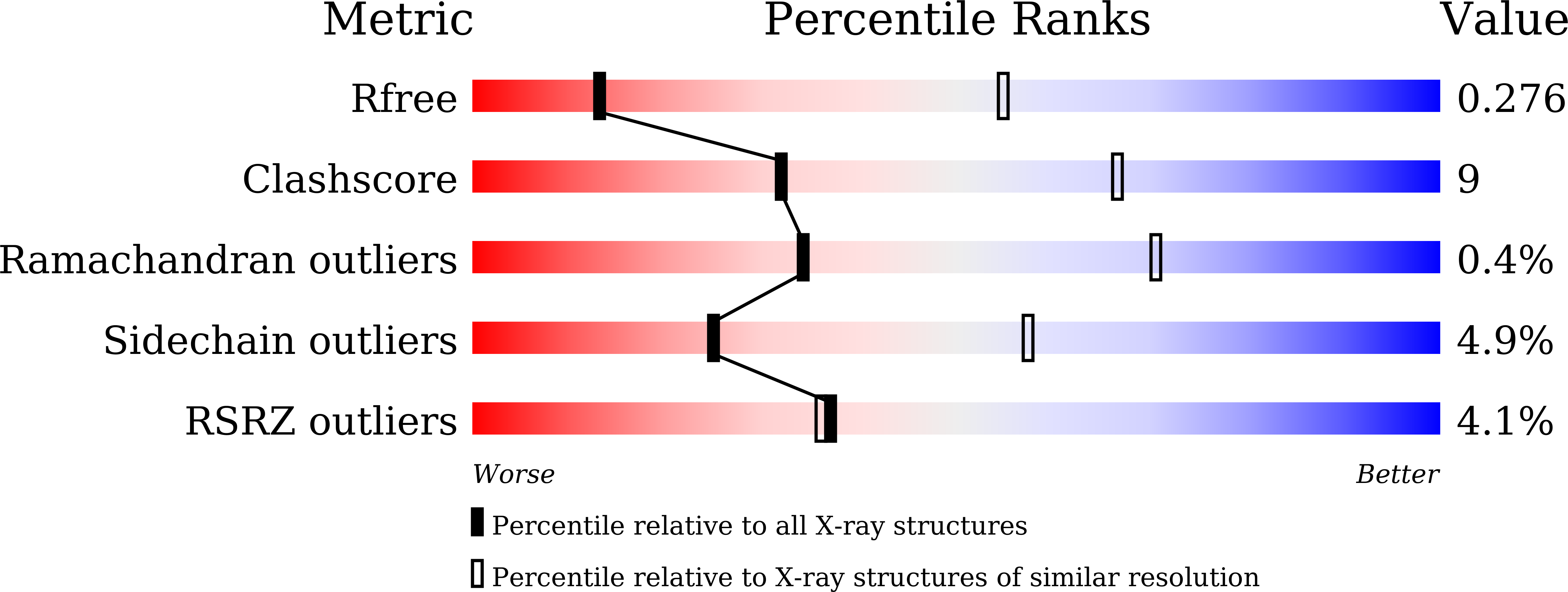
Deposition Date
2020-10-29
Release Date
2021-01-27
Last Version Date
2025-03-12
Entry Detail
PDB ID:
7DDH
Keywords:
Title:
Crystal structures of Na+,K+-ATPase in complex with digoxin
Biological Source:
Source Organism:
Sus scrofa (Taxon ID: 9823)
Method Details:
Experimental Method:
Resolution:
3.46 Å
R-Value Free:
0.27
R-Value Work:
0.24
R-Value Observed:
0.24
Space Group:
P 21 21 21


